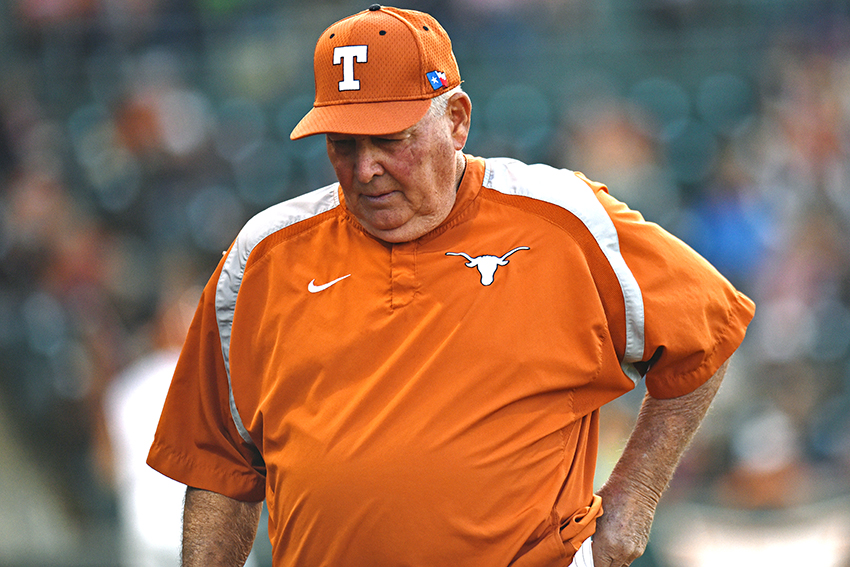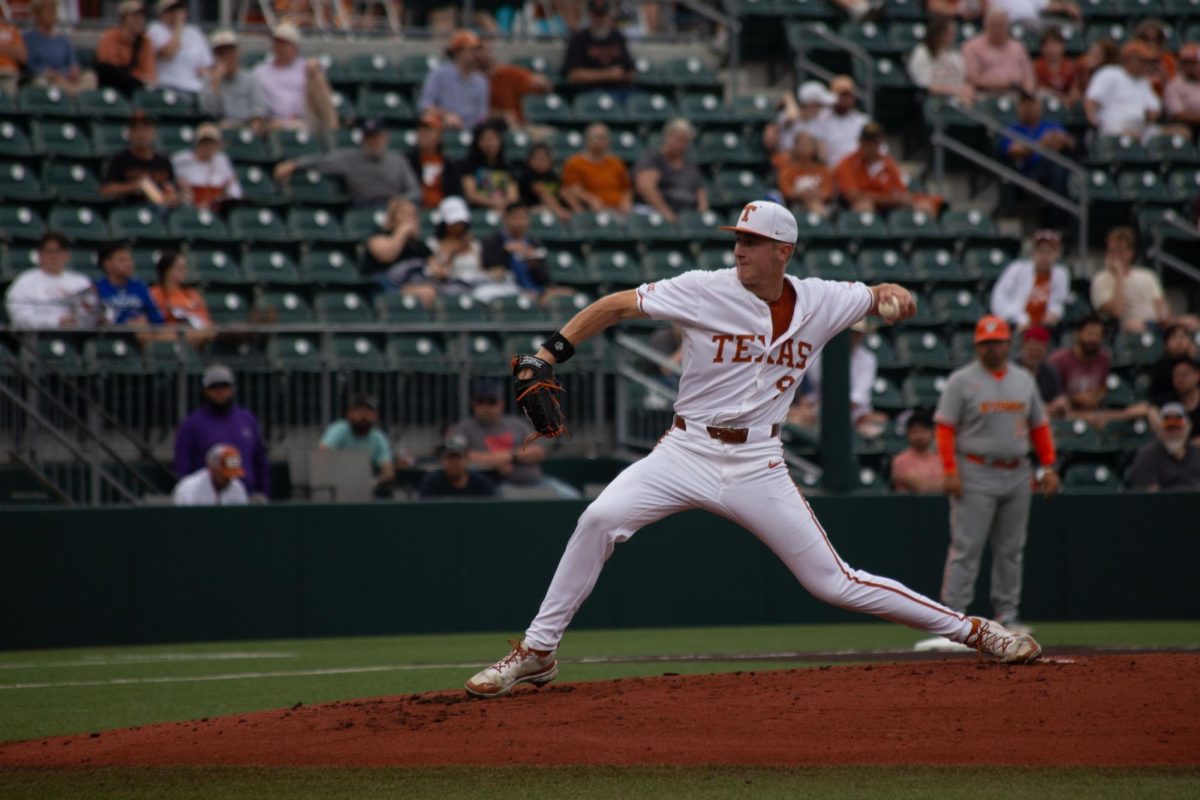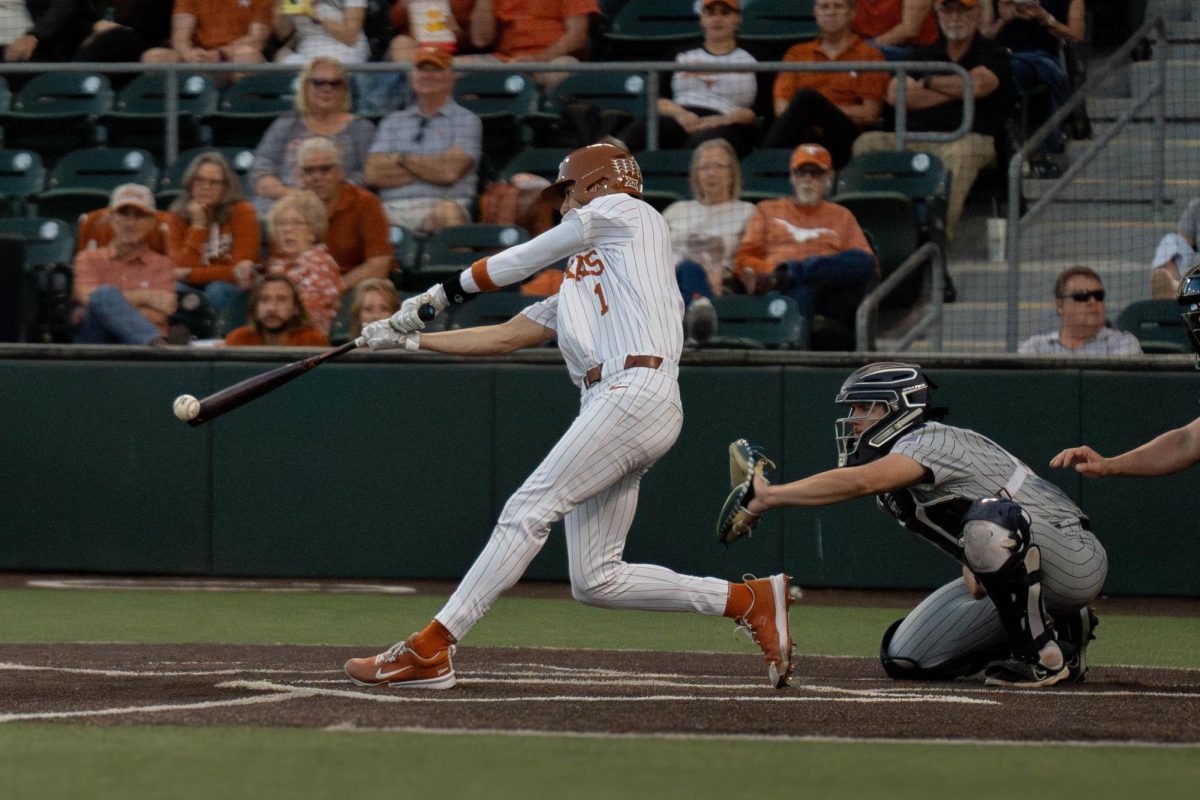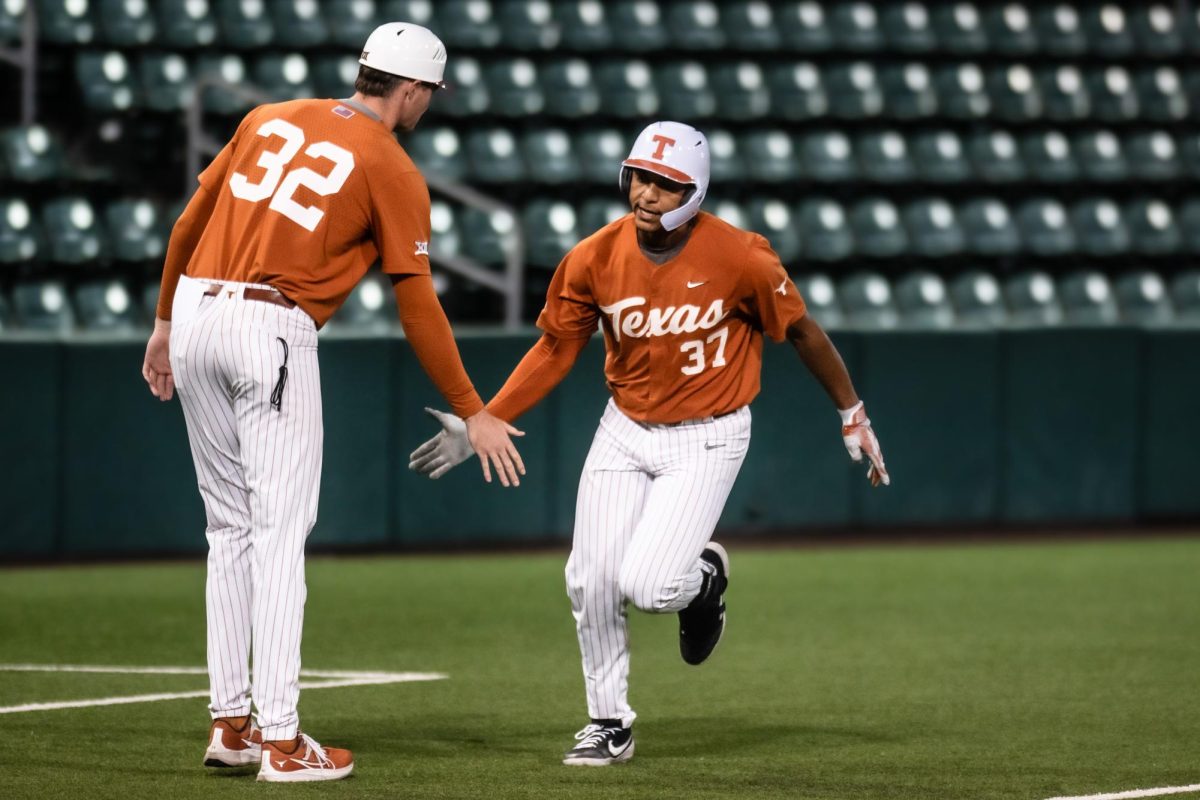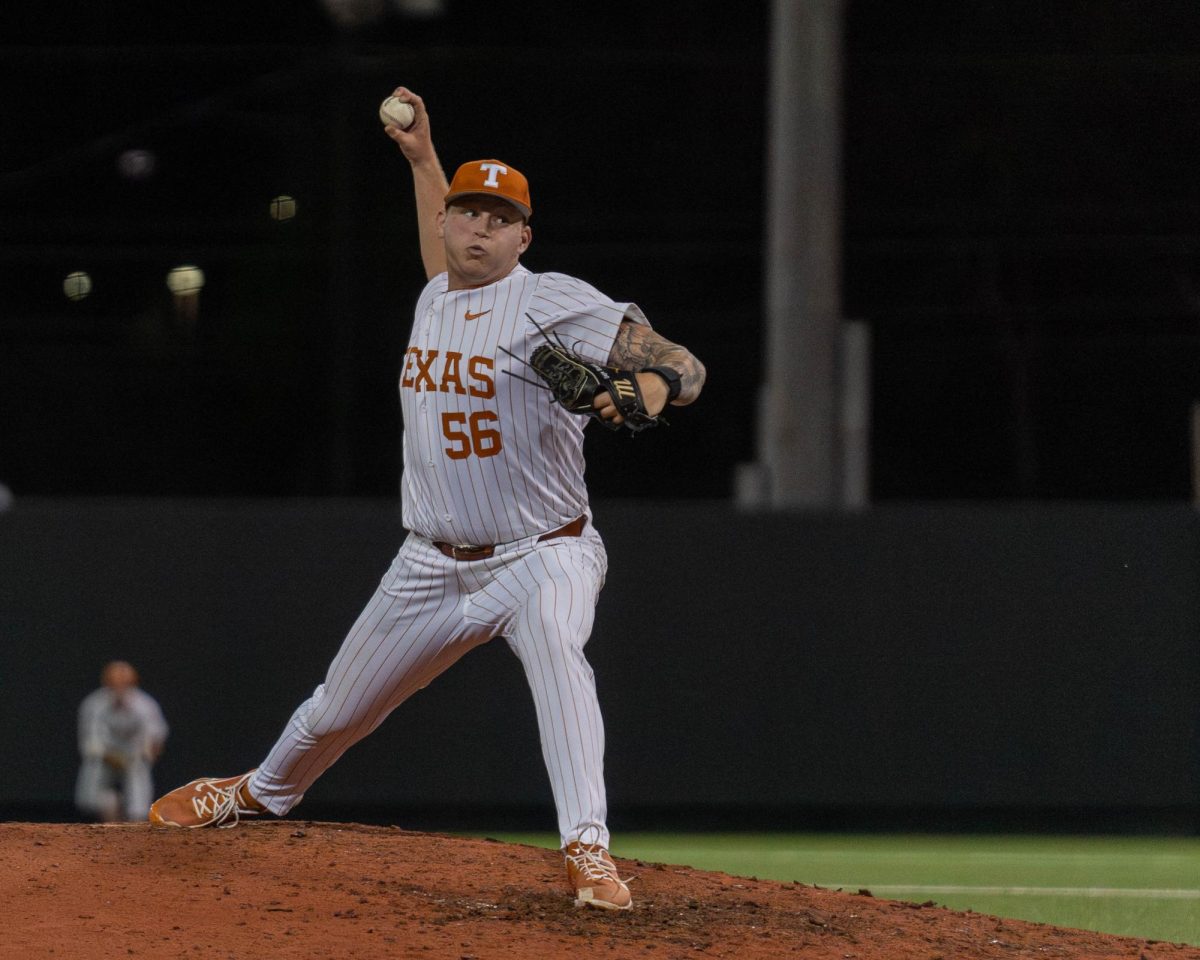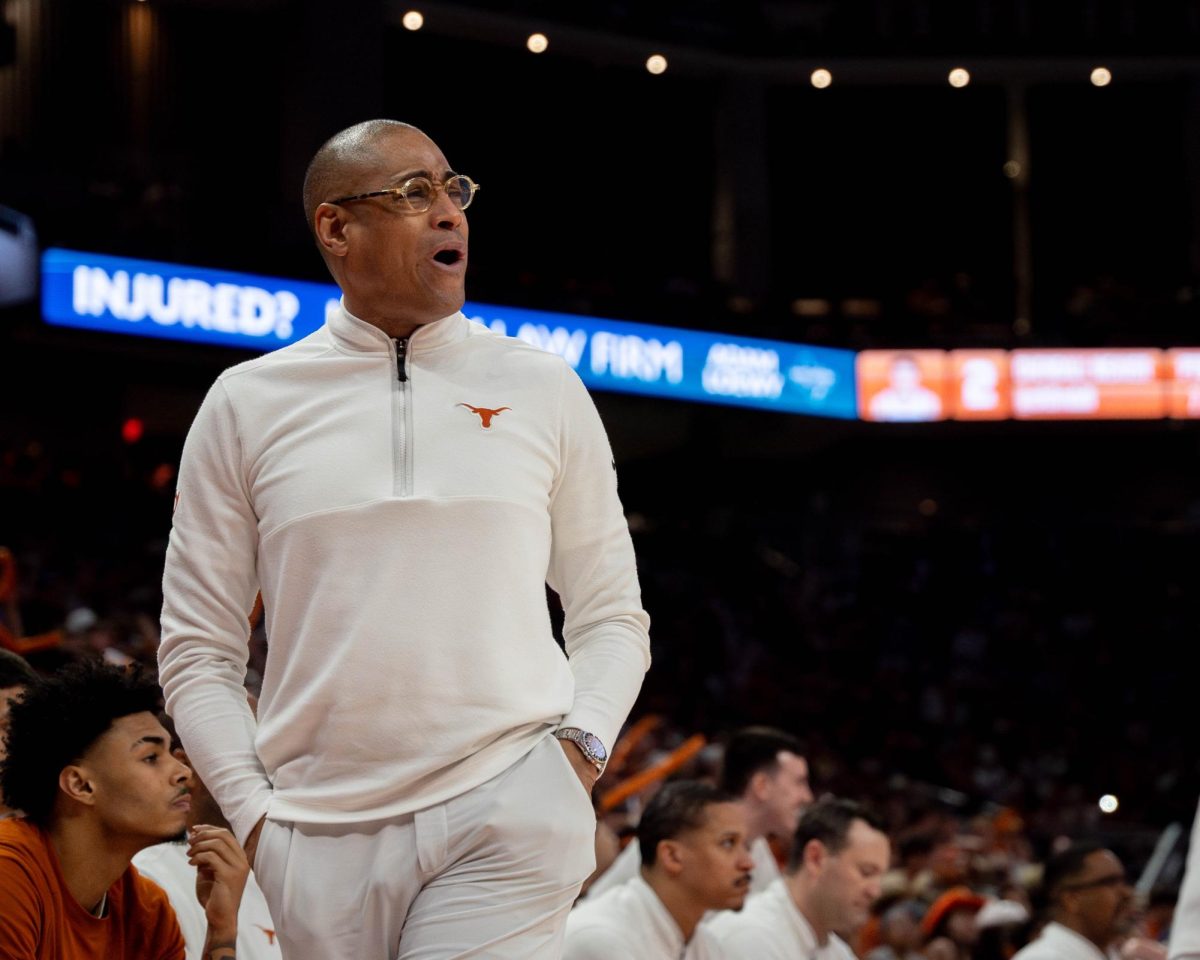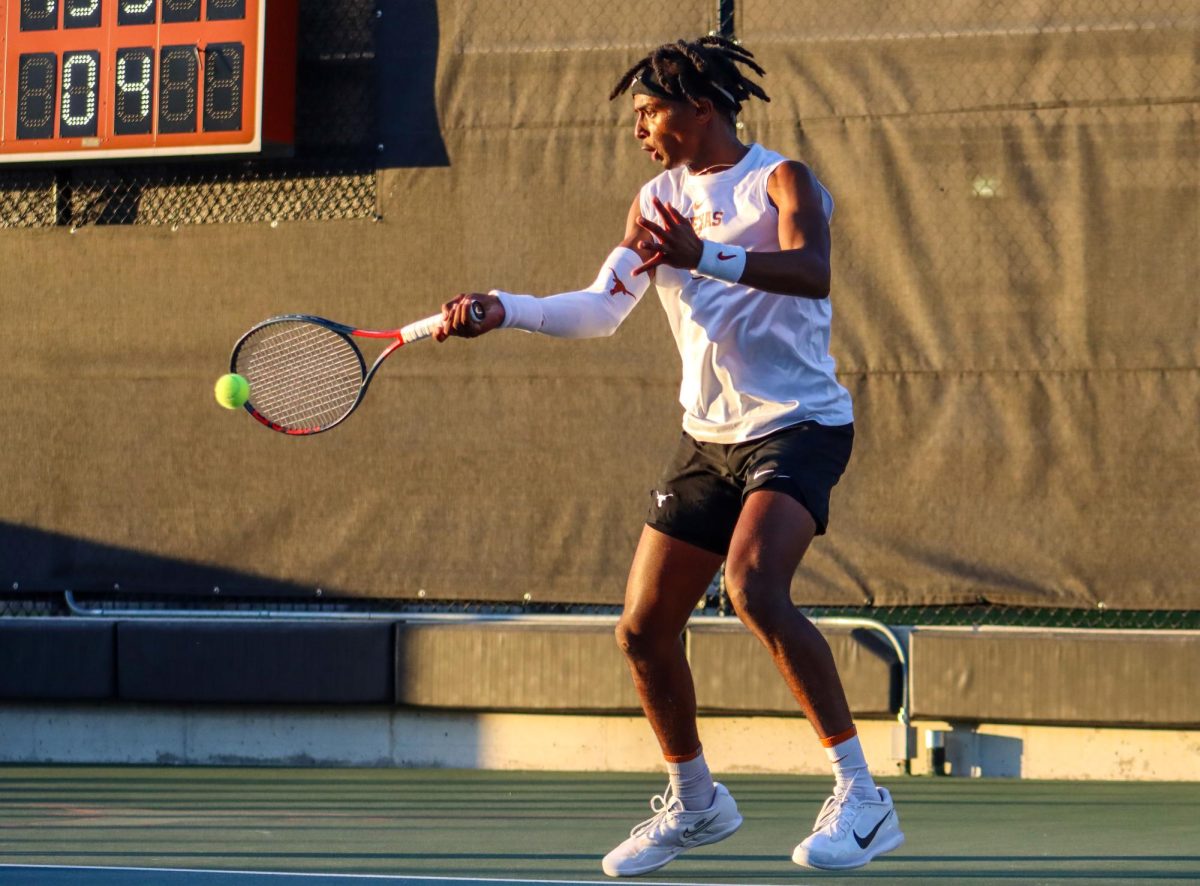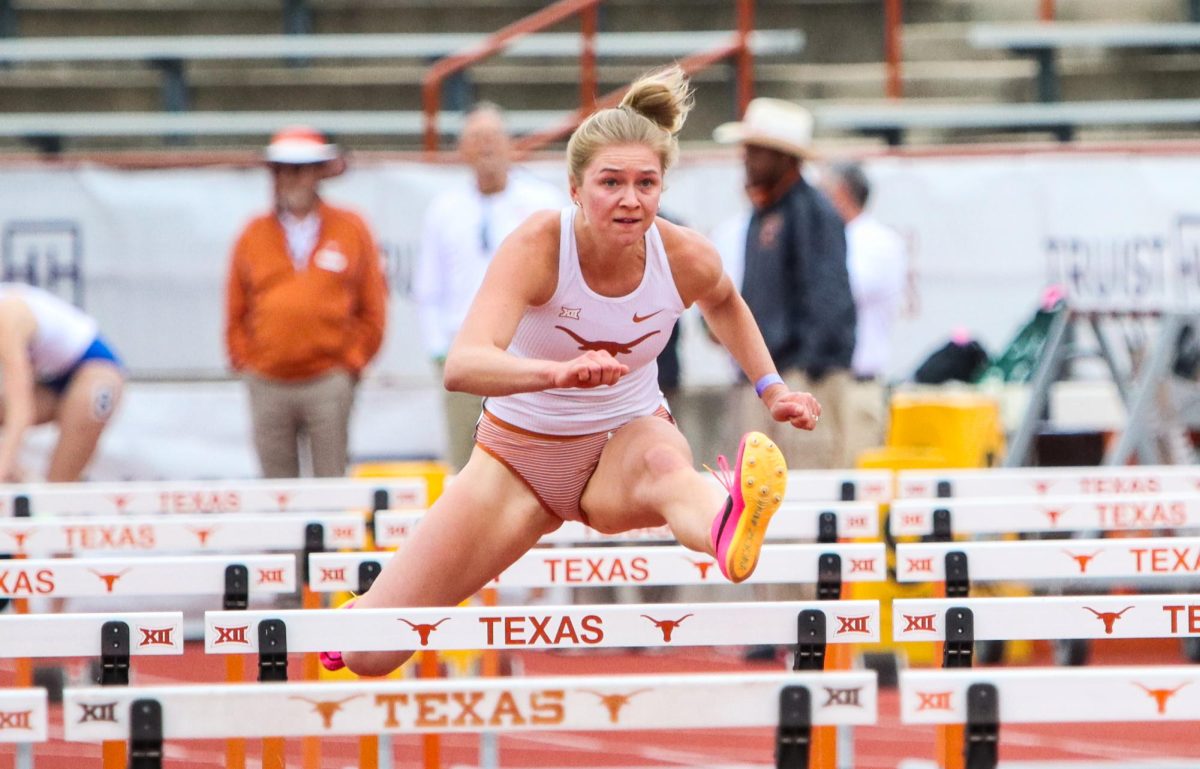According to Texas head coach Augie Garrido, the sacrifice bunt is a key element in his NCAA record 1,969 career victories.
According to major league baseball statistics, however, the sacrifice bunt is an unsuccessful anachronism that ought to be avoided in most situations.
In one of the best respected sources for baseball analytics titled, “The Book: Playing the Percentages in Baseball,” data compiled from Major League games from 2000–2004 suggests that in a situation with one runner on first and no outs yields .906 expected runs. A runner on second and one out, the situation found after a successful sacrifice bunt, yields .700 expected runs.
“The idea is when you bunt, you’re decreasing your chances of having a big inning,” said Michael Mauk, a professor of neuroscience and teacher of a Dean’s Scholar’s seminar about baseball analytics at the University. “You might increase your likelihood of scoring a run this inning, but you decrease your overall run expectancy for the game because you’re basically sacrificing the possibility of a big inning.”
So why then does Garrido often tell his best hitters to bunt even early in the game?
“Because I didn’t follow the [famous baseball statistician] Bill James numerical system,” Garrido said. “The margin for error and the speed of the game at the major league level is completely different than it is here.”
Were Garrido a Major League manager, the numbers say he would indeed be costing his team runs. But the differences in the college game may indeed be swinging the balance in favor of bunting.
“There’s more home runs hit in a major league game; there are fewer errors made,” Mauk said. “It means we don’t know [whether Augie Ball works]. It doesn’t mean he’s correct or that he’s disproven the idea.”
Further analysis in “The Book” suggests that in a situation when offense is at a premium, the difference between a runner at first with no out and a runner at second with one out is less exaggerated, though still against the idea of sacrifice bunting.
Fewer home runs, an effect exacerbated by the vast confines of Disch-Falk Field, mean that college teams need to rely more heavily on balls in play to score runs.
“We don’t have guys that are going to hit double after double, home run after home run,” junior third baseman Tres Barrera said. “We know our game, and I know if we stay within our game we’re going to be productive.”
Home runs, Garrido admits, are the easiest way to more runs. But when the long ball is not an available option, coaches like Garrido prefer to get creative with their offense.
“The more important the game, the more [defensive errors] happen,” Garrido said. “That ball gets clumsier to handle, so let’s get it in play.”
Garrido’s penchant for bunting with the top of his order, though, is the exact kind of situation that Major League statistics frown upon.
A sacrifice surrenders an out, and at the top of the lineup, that means Texas’ best hitters lose opportunities to move a runner over with a base hit. The advice of Major League number crunchers has made the non-pitcher sacrifice bunt quite a rarity.
At the same time, most teams still prefer to have a baseball lifer like Garrido, and not a statistician, making the calls from the dugout.
“I love the modern emphasis, but it’s always going to be an aid,” Mauk said. “It’s never going to be the final answer because there’s always a way to beat it. I like the fact that math helps. I also like the fact that it doesn’t turn the game into a robot.”



